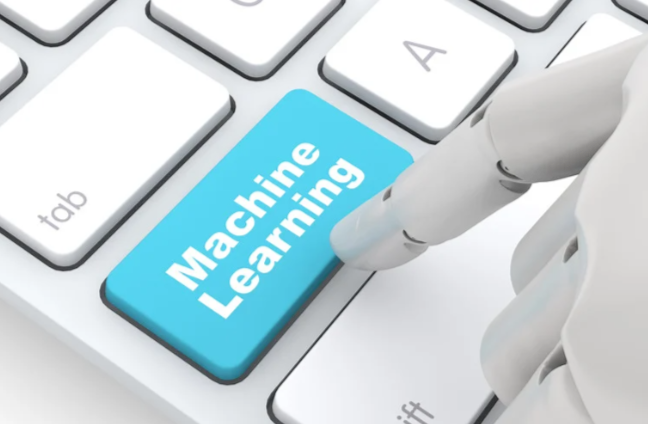Introduction: Why Innovation Matters More Than Ever
In today’s business landscape, standing still means falling behind. Machine learning innovation isn’t just about adopting new tools — it’s about reshaping strategies, improving customer experiences, and finding growth opportunities that competitors may overlook. Let’s explore how organizations gain a real competitive edge with machine learning innovation.
Understanding Machine Learning Innovation
Machine learning innovation refers to the constant evolution of models, algorithms, and applications that drive smarter decision-making and automation.
The Key Drivers of Machine Learning Innovation
1. Data Growth
The explosion of big data fuels smarter models.
2. Cloud Computing
Scalable cloud resources make experimentation faster and cheaper.
3. Open-Source Ecosystem
Global collaboration accelerates innovation.
4. Industry Needs
Real-world problems demand solutions, pushing machine learning forward.
How Machine Learning Innovation Creates Competitive Edge
Personalization at Scale
Delivering tailored experiences builds stronger customer loyalty.
Predictive Analytics
Businesses anticipate trends, reducing risks and capitalizing on opportunities.
Operational Efficiency
Automation cuts costs and boosts productivity.
Innovation in Products
Smart features differentiate offerings in crowded markets.
Examples of Machine Learning Innovation in Action
Retail
AI-driven recommendations that increase sales.
Finance
Fraud detection systems that adapt in real time.
Healthcare
Early diagnosis tools improving patient outcomes.
Manufacturing
Predictive maintenance reduces downtime and saves costs.
Challenges in Adopting Machine Learning Innovation
Integration with Legacy Systems
Old infrastructure slows adoption.
Skill Gaps
Shortages of data science talent limit progress.
Ethical Concerns
Bias and fairness remain major considerations.
High Costs
Training advanced models can be resource-heavy.
Strategies to Leverage Machine Learning Innovation
1. Start with Clear Goals
Focus on problems that bring measurable results.
2. Build a Data-Driven Culture
Encourage employees to embrace insights over intuition.
3. Use Pre-Trained Models
Accelerate innovation with readily available AI models.
4. Collaborate Across Teams
Involve business leaders, IT, and data experts together.
The Role of Cloud Platforms
Providers like AWS, Azure, and Google Cloud enable enterprises to innovate faster through ML services, APIs, and scalable infrastructure.
Future Trends in Machine Learning Innovation
Explainable AI
Models will explain their decisions clearly, building trust.
Edge Computing
ML will increasingly run directly on devices, reducing latency.
Ethical AI
Fairness, privacy, and sustainability will become competitive differentiators.
Balancing Risks with Rewards
While challenges exist, the competitive rewards of machine learning innovation — efficiency, personalization, and product differentiation — outweigh the risks when managed strategically.
Conclusion: Machine Learning Innovation as a Growth Engine
Machine learning innovation is no longer optional. It’s the engine that powers competitive advantage across industries. By setting clear goals, investing in people and technology, and embracing ethical practices, businesses can use innovation to leap ahead of their competition.
FAQ
1. What is machine learning innovation?
It refers to the evolution of models, algorithms, and tools that enable smarter automation and decision-making.
2. How does machine learning innovation give businesses an edge?
It improves personalization, predictive power, efficiency, and product differentiation.
3. What industries benefit most from machine learning innovation?
Retail, finance, healthcare, and manufacturing are leading adopters.
4. What challenges come with machine learning innovation?
Integration with legacy systems, costs, and ethical concerns are key hurdles.
5. How can companies start leveraging machine learning innovation?
Begin with clear goals, invest in data-driven culture, and adopt cloud-based ML tools.








